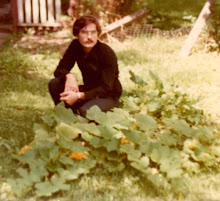City, Sea, Traffic
One of the memorable conceits offered in Life of Pi is the description of the ocean-view that Yann Martel begins with analogies to city vehicular traffic and ends with a slow cruise as best speed to enjoy the scene.
With just one glance I discovered that the sea is a city. Just below me, all around, unsuspected by me, were highways, boulevards, streets and roundabouts bustling with submarine traffic. In water that was dense, glassy and flecked by millions of lit-up specks of plankton, fish like trucks and buses and cars and bicycles and pedestrians were madly racing about, no doubt honking and hollering at each other. [...] You are as likely to see sea life from a ship as you are to see wildlife in a forest from a car on a highway. Dolphins, very fast swimmers, play about boats and ships much like dogs chase cars: they race along until they can no longer keep up. If you want to see wildlife, it is on foot, and quietly, that you must explore a forest. It is the same with the sea. You must stroll through the Pacific at a walking pace, so to speak, to see the wealth and abundance that it holds.It is with these thoughts that our hero settles in and falls asleep for the first time in five days, having taken through the narration a virtual psychogeographic tour.
In my mind, Martel's prose plays with seven minutes of Moby's "God Moving Over the Face of the Waters" from the Everything Is Wrong album. That sounds just right.
And so for day 1342
16.08.2010
